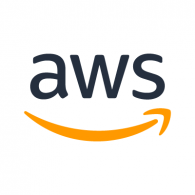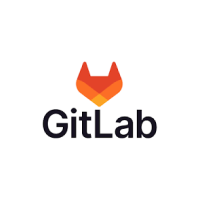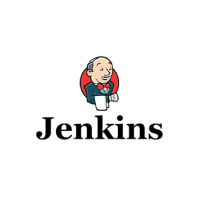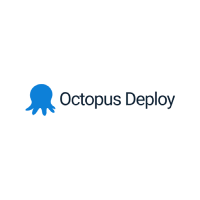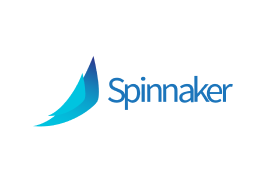Continuous Deployment (CD) and delivery tools automate and streamline software testing and deployment processes. CD platforms help teams to deploy software, test code, and, if necessary, manage rollback efficiently and automatically. Continuous deployment and delivery tools are used within DevOps teams to enable automated, secure, and reliable deployment processes. These tools make it quicker, easier, and more secure to deploy regular software updates.
A robust continuous deployment and delivery tool can help your team operate more efficiently, deliver a higher-quality software product, and significantly reduce time-to-market. Key features of these solutions include automated deployment workflows, integrations with other DevOps and security tools, and reporting and audits.
There are numerous continuous deployment and delivery tools on the market, offering a wide range of features designed for DevOps teams of all sizes. In this article, we’ll compare the top continuous deployment and delivery tools available today. We’ll examine key features, integration capabilities, automation, scalability, and ease of use.




